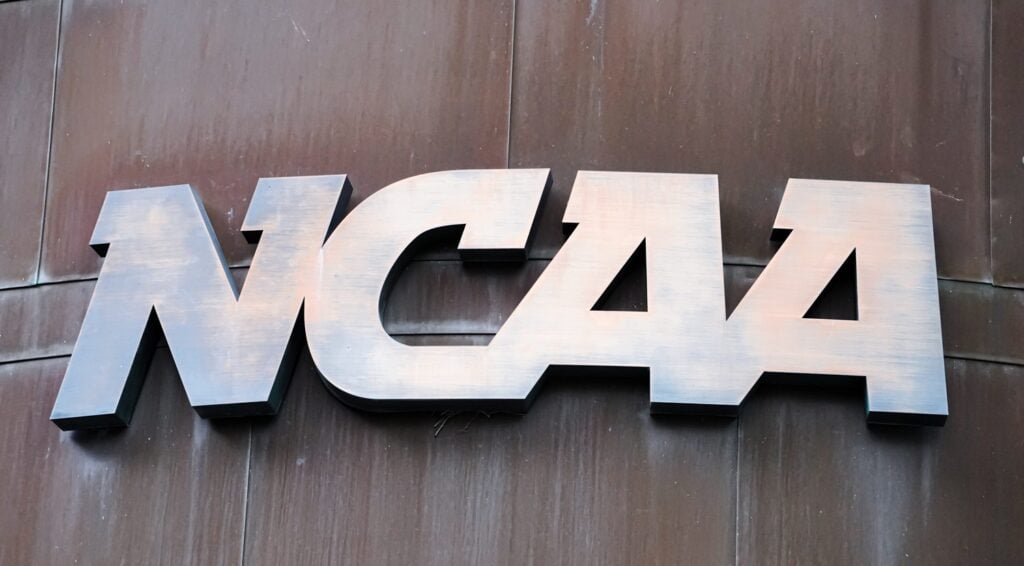
The briefs have been written and submitted. Both sides have been heard from. The deadlines have been met. We are now in the final days of the House v NCAA case. Judge Claudia Wilken is holding the mere fate of college athletics in her hands.
Tuesday night, the final briefs by those opposing the settlement were submitted. Multiple attorneys representing various athletes who oppose the settlement sent in their particular arguments and rebuttals to Wilken’s court.
House v. NCAA Is Coming To An End
The Latest Filings
They were done in response to the NCAA’s submission two weeks ago. That was supposed to be a structured plan for roster reduction. The challenge with the NCAA is that Judge Wilken did not like their original plan. It was an immediate cut down in every sport, straight to the future scholarship limits. For football, that meant most schools, having 115-120 players, started immediately cutting down to the 105 scholarship limit. They have gotten to that number primarily by dropping walk-ons from the rosters.
At the hearing in April, at which it was believed there was a chance Wilken was going to sign off on the settlement, the judge took issue with the schools going to the personnel axe so quickly. She gave the NCAA and the member schools two weeks to come up with a plan that would phase in the roster cuts over years, grandfathering in athletes already on the rosters.

The NCAA’s “Plan”
What the NCAA submitted two weeks ago was a plan that essentially allowed each school to figure it out on its own. There were revisions to the briefs highlighting that some schools were already honoring a return to the roster from those who were being displaced. The specific schools were not named.
One of the Objectors’ briefs was submitted by attorney Laura Reathaford. She wrote that relying on the member institutions to do their own work in good faith with no monitoring or oversight was missing the point of the judge’s orders.
When the judge gave her orders to the NCAA in April for the roster management plan, she indicated that these were the last steps in the process. The NCAA and the schools would either get this right, and she would finalize the settlement agreement, or it would be time to start setting the trial calendar.
What’s At Stake
Most legal experts we have consulted don’t think the NCAA has favorable odds for prevailing at trial. The organization has spent decades running college athletics in violation of federal antitrust laws.
If Judge Wilken approves the settlement, there will be significant changes to college sports in what many see as the biggest evolution of the industry since the Title IX court cases of the 1970s. There will be oversight of NIL deals, a lessening of the role of booster collectives, and approval for schools to spend up to $20 million in revenue sharing with their athletes.
If she does not sign off on it, a trial will likely take years. The current system of booster collectives dominating the financial landscape will remain. There will likely be calls to reopen the transfer portal immediately. Since December, schools have been acting in anticipation of the revenue-sharing. Players who came either via high school signing day or the transfer portal have been signing contracts that include financial agreements based on the contingencies of the legal settlement being signed.
There is no specific timeline for Judge Wilken’s decision. The final brief from the Objectors came in about 48 hours before the deadline. The judge has generally operated in windows of about two weeks from briefs/motions to rulings. That would put her presumed final decision near the end of May.
Main Image: Mykal McEldowney/IndyStar / USA TODAY NETWORK
The post The Final Days of House v. NCAA Are Now in the Judge’s Hands appeared first on Last Word on College Football.